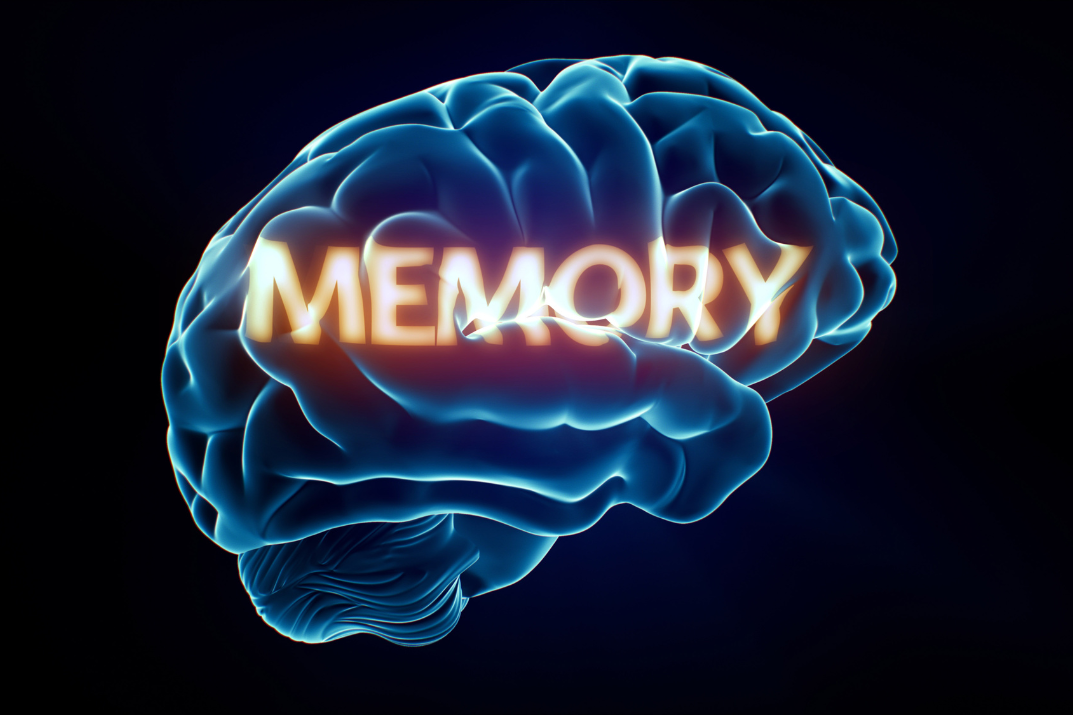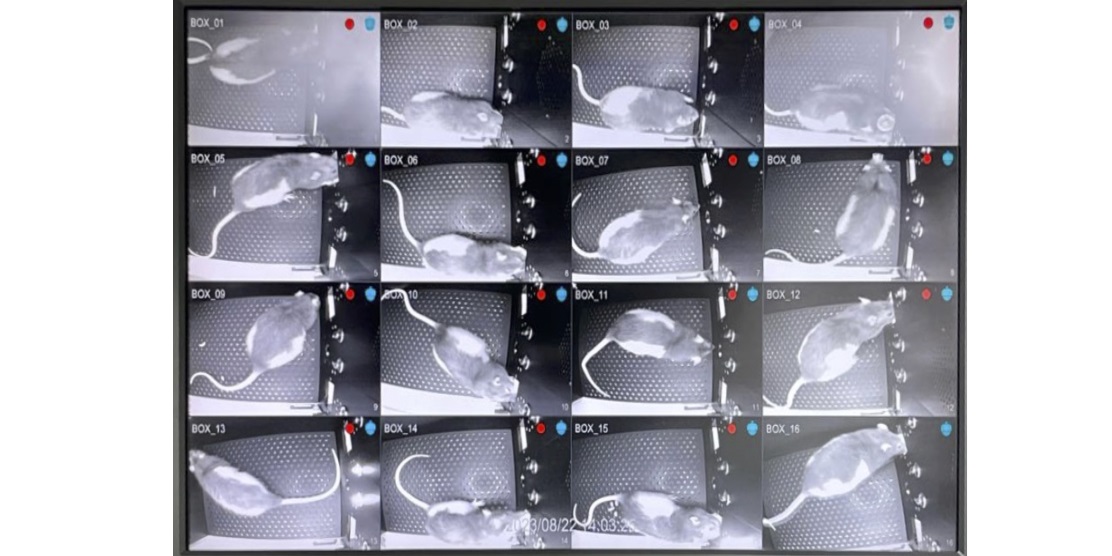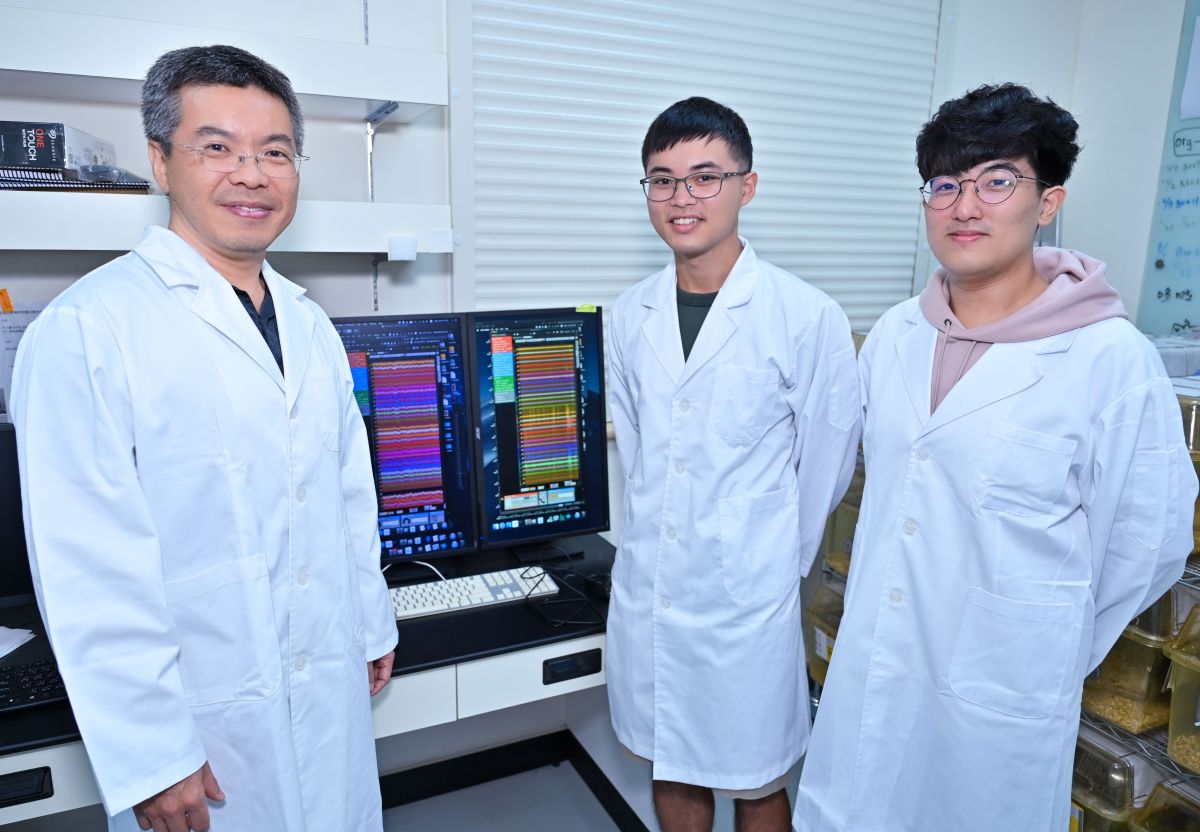RESEARCH HIGHLIGHTS
379
NYCU
Number of Academic Papers
Published by Students or Exhibition
Activities Organized by Students
- Update Date:2023-11-15
- Units:Office of International Promotion and Outreach
Unveiling the Intricacies of Memory Formation: Brain's Stepwise Retrograde Learning Process

The brain learns starting from the proximate memories. (photo from Getty Images)
Translated by Pei-Hsuan Lee
Edited by Yen-Chien Lai
______
Published in Nature Communications, a groundbreaking study led by Professor Shih-Chieh Lin from the Institute of Neuroscience at National Yang Ming Chiao Tung University (NYCU) has revealed that the brain‘s learning process involves a stepwise retrospective journey, beginning with events closest to rewards and gradually incorporating earlier memories.
This discovery not only emphasizes the incremental nature of learning but also underscores the brain's unique ability to retrospectively correct past behaviors based on recent reward memories.
Neuronal Correlates of Stepwise Retrospective Learning
In a bid to validate this stepwise retrospective learning strategy, the research team conducted experiments using male rats placed in behavioral chambers.
The rats were trained in auditory discrimination, where correct responses to specific sounds resulted in the rewarding taste of sugar water.Subsequently, the auditory stimulus was replaced with light, allowing researchers to observe the behavioral characteristics of the rats during this learning process.

The experiments with rats in behavioral chambers confirmed the strategy of gradual retrospective learning in the brain.
The team observed that the rats began learning from behaviors closest to rewards, sequentially incorporating earlier events. Key features included a gradual decrease in the frequency and types of erroneous behaviors and the refinement of reward-seeking behaviors with reduced errors.
Unveiling Neural Mechanisms:
Basal Forebrain Neurons and Stepwise Learning in Rats
Beyond behavioral experiments, the researchers utilized microelectrodes to directly observe electrical signals in the rats' brains. This approach revealed that the stepwise learning in each stage was reflected in the activity of neurons in the basal forebrain. Neurons corresponding to events associated with reward prediction were activated upon learning.
Professor Lin highlighted the significance of the study, providing behavioral and neurophysiological evidence supporting the use of stepwise learning strategies by animals. He noted that the basal forebrain, known to be linked to cognitive decline in aging and neurodegenerative diseases, plays a crucial role.
The study not only clarifies how basal forebrain neurons stimulate reward-seeking behaviors through reward prediction error signals but also emphasizes the essential role of non-cholinergic neurons in the basal forebrain.

Team members participating in this research also include doctoral student Yu-Che Chung (middle of photo) and master's student Hong-Yan Chen (First from right) from the Institute of Neuroscience. They collaborated with colleagues at the National Institutes of Health laboratory in the US under the guidance of Professor Lin (First from left) , successfully completing this study.
Related Image(s):












